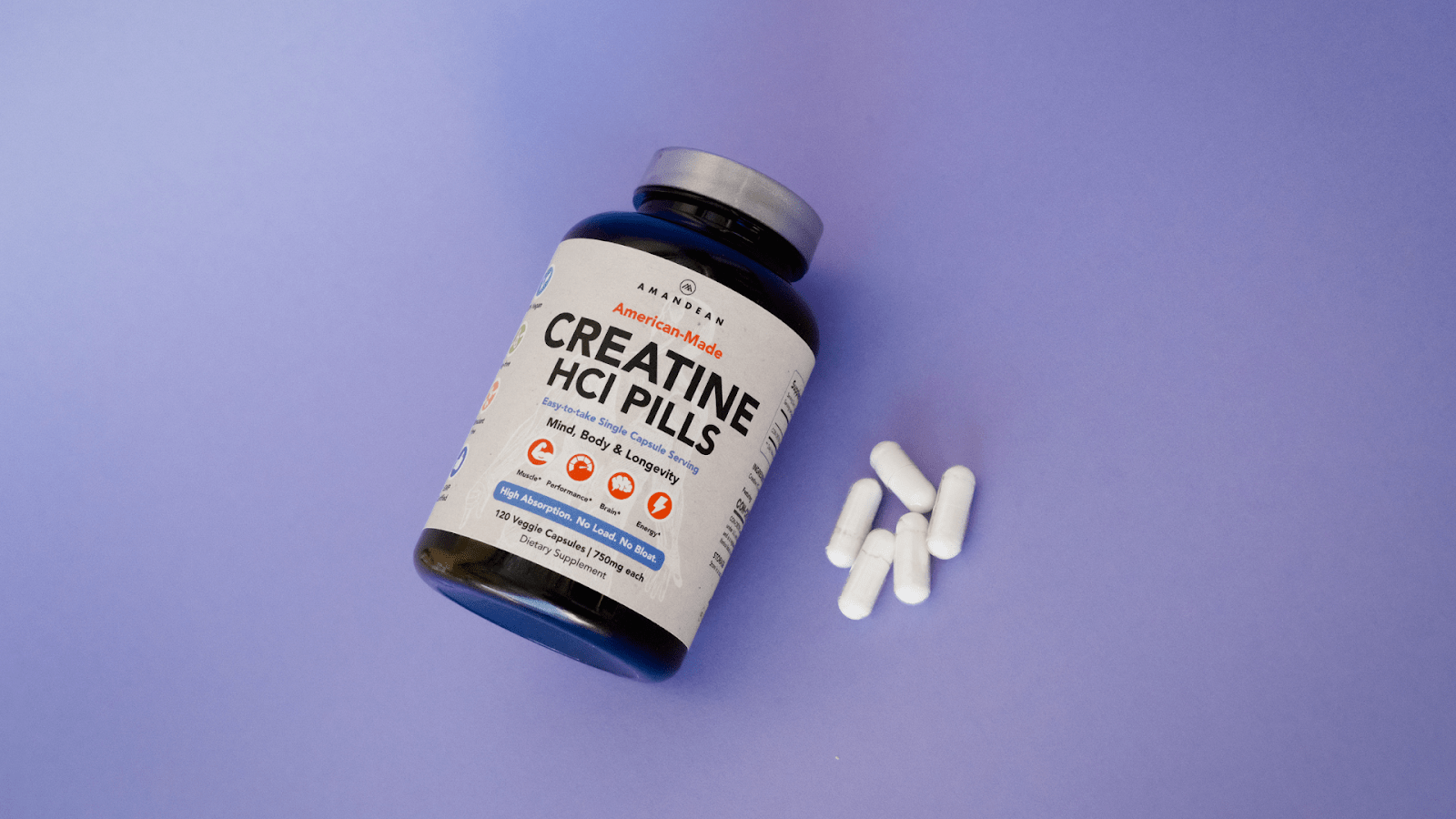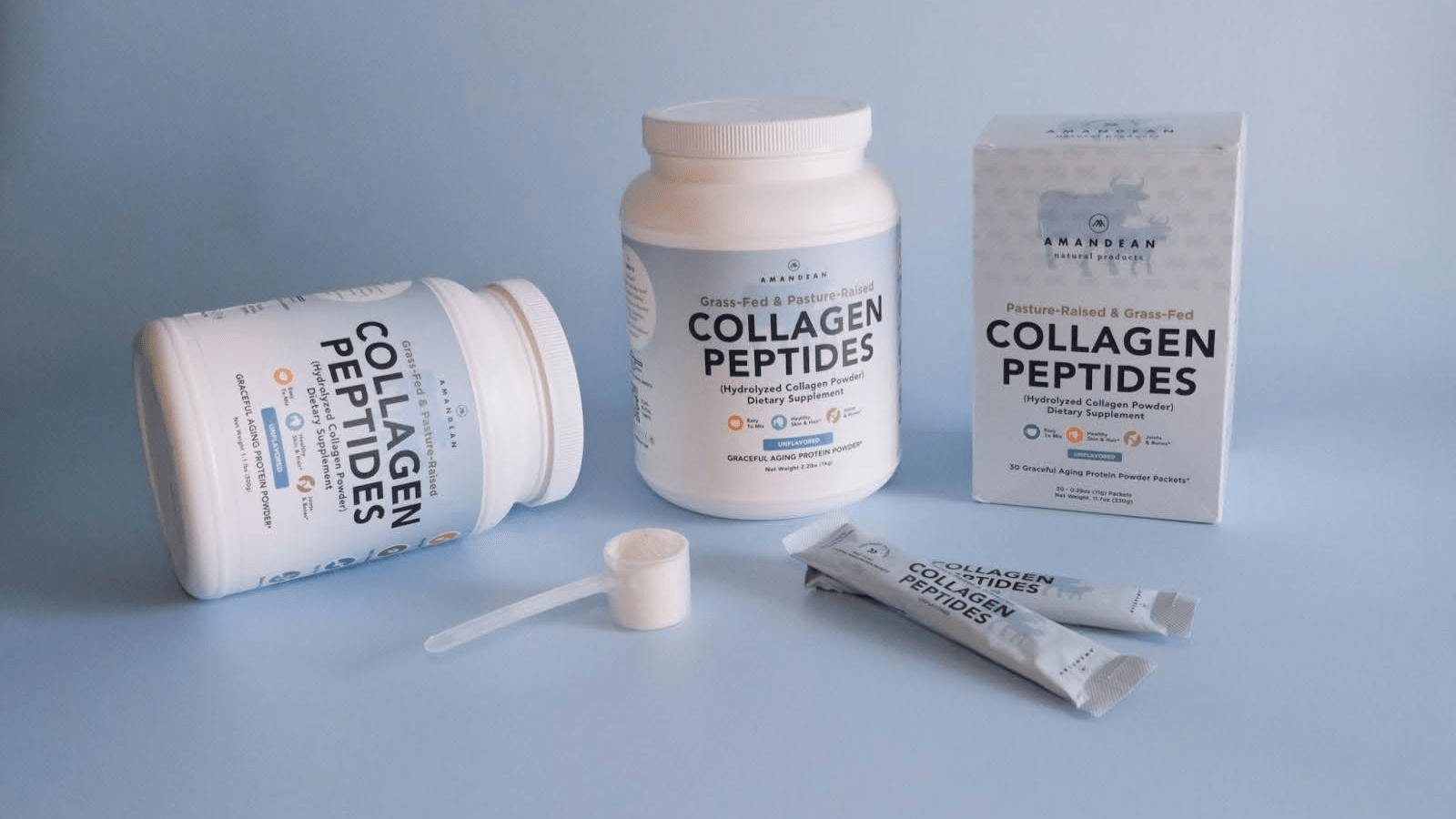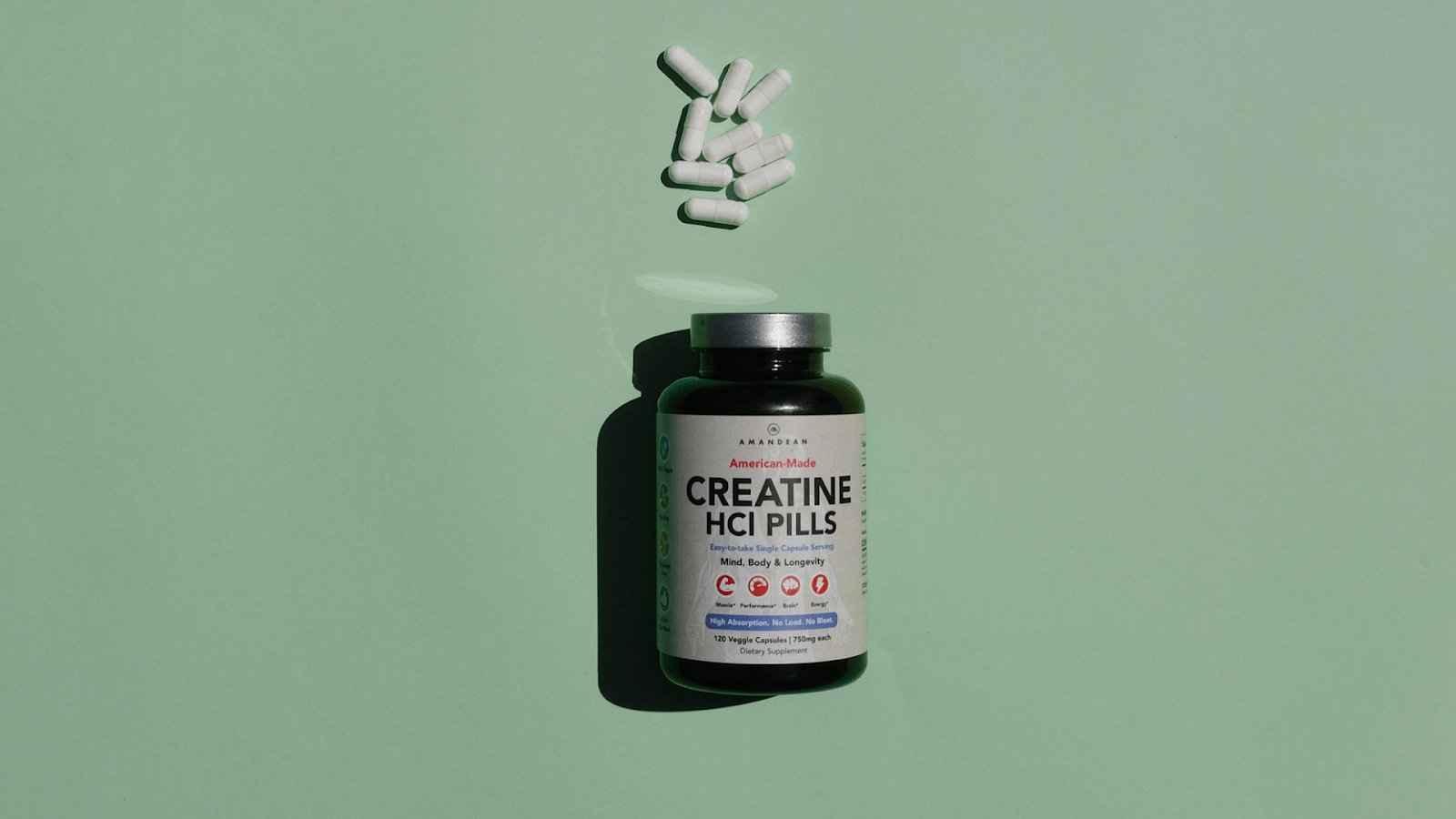Your Cart is Empty

September 21, 2020 6 min read
Hyperpigmentation is when the skin produces an excess of melanin, the pigment that gives skin its color. This can make spots or patches of skin appear darker than surrounding areas. It’s a very common skin condition that affects tens of millions of people of all ethnicities and backgrounds.
There are different forms of hyperpigmentation like freckles, rosacea, birthmarks, sunspots, and PIH (AKA post-inflammatory hyperpigmentation). Some people suffer from hyperpigmentation because of sun damage, inflammation to the skin, or acne.
Melasma, on the other hand, is another skin condition that also causes dark, discolored patches on your skin and is very similar to hyperpigmentation in the way it manifests itself visually. Melasma occurs in all different kinds of skin types and is sometimes referred to as chloasma.
It's also known as "the mask of pregnancy" because 50 to 70 percent of pregnant women will get melasma—typically just a few patches. These patches are darker than your normal skin color. Melasma typically occurs on the face and is symmetrical, with matching marks on both sides of the face. Other areas of your body that are often exposed to the sun can also develop melasma too.
Though both hyperpigmentation and melasma cause dark and blotchy patches of skin and they both become inflamed by spending too much time out in the sun, they are two very distinct conditions, with their own range of symptoms.

The visible symptoms of hyperpigmentation can range from small areas of overly darkened skin to large, more obvious hyperpigmented skin. Liver spots are the most common type of hyperpigmentation. These develop as a result of sun damage.
Liver spots, or “age spots,” are most commonly found on the face, hands, and upper back—all parts of the body that are exposed to significant amounts of UV rays. PIH which stands for post-inflammatory hyperpigmentation is a form of hyperpigmentation that is mostly associated with acne breakouts.
Usually with PIH, once a pimple heals, a blotch or blemish may be left behind. PIH can happen due to any trauma to the skin; even a scratch or an insect bite, or melanocytes can create and leave behind more pigment in response to the injury. Inflammatory conditions such as lupus and eczema can lead to PIH as well.
Melasma tends to affect different parts of the body than hyperpigmentation; it usually forms on the neck, arms, cheeks, forehead, upper lip, and chin. Like hyperpigmentation, melasma appears in the form of discoloration on the skin and can be worsened with sun exposure.
Melasma affects an estimated five million Americans — most of whom are women — as it frequently appears during pregnancy due to the vast hormonal changes. Women who use birth control and take hormonal therapies are also more prone to melasma. Many people say their melasma worsens in the summer and improves in the winter.

The most common triggers for hyperpigmentation are acne, excessive sun exposure, and injury however, it isn’t totally clear what is at the root cause of melasma. Sun exposure can cause melasma as ultraviolet rays affect the cells that control pigment (melanocytes). Darker-skinned individuals are more at risk than those with fair skin.
This is because the skin is already creating melanin, which is what gives it a darker color, and when hormones or trauma trigger an increase in this melanin production, you are more susceptible to hyperpigmentation.
Those with lighter skin tones have fewer limitations when it comes to treatments for hyperpigmentation, as their risk of overproducing melanin is significantly less. However, those with lighter skin tones are more likely to form dark spots as a result of sun damage which causes them to age quicker than those with darker skin complexions. Stress and thyroid disease are also thought to be causes of melasma.
There are several effective treatments available for skin hyperpigmentation. Most of the time, topical medications like hydroquinone and tretinoin (often used in combination) are enough to lighten hyperpigmented skin like in the case of PIH.
The good news is that PIH can fade away over time, even without treatment. But time is the operative word here. It can take three to 24 months for PIH to fully fade, although in some cases it may take longer.
Alpha hydroxy acids, especially glycolic acid, are a good starting point for treatment. AHAs help speed up the skin's natural exfoliation process, which can help improve the look of PIH. You can find these ingredients in over-the-counter "brightening" topical treatments.
Leave-on treatments like lotions, creams, and gels will give you better results than wash-off products like cleansers. Some ingredients you'd want to be on the lookout for are niacinamide and vitamins A and C. AHAs are often used as anti-aging treatments too and will leave your skin soft and smooth.
Glutathione is a natural and powerful antioxidant and detoxifier that is known to help improve the skin’s complexion and promote skin-lightening. Glutathione is made up of three amino acids that remove impurities and fight oxidative stress inducing free radicals.
You can find plenty of glutathione in foods like zucchini, asparagus, avocado, strawberries, spinach, okra, and citrus fruits but you can also supplement your intake through glutathione. When regularly paired with a colorful and healthy diet, glutathione supplements can be a great addition to your nutrition plan and to help improve signs of hyperpigmentation.
A 2018 review study suggests that aloe vera, licorice, and green tea can serve as natural treatments to reduce the appearance of hyperpigmentation. If someone wishes to try a natural remedy, they should always try the product on a small patch of skin first and stop using it if it irritates the skin.
Melasma is difficult to treat because of its hormonal influences. Unlike traditional hyperpigmentation, which responds to a variety of drug store products that contain brightening agents like vitamin C, kojic acid, niacinamide, hydroquinone, and azelaic acid, melasma hasn't seen the same rate of success or consistency. Dermatologists suggest a combination of sunscreen, brightening ingredients, and laser treatments to reverse melasma.
The treatments are virtually the same for hyperpigmentation, except lasers in lower energy can help treat melasma, whereas, for basic hyperpigmentation, it's best to use chemical peels in place of lasers. Microdermabrasion is also known to help treat hyperpigmentation.
It is a minimally invasive procedure used to renew overall skin tone and texture. Apart from topical products, making sure you eat a diet rich in foods containing Vitamin C, Omega-3s, and collagen is important for skin rejuvenation & overall skin repair. Supplements can provide a bioavailable source of these nutrients and help minimize the visual symptoms of skin conditions like melasma.
The best way to prevent any kind of hyperpigmentation is sun protection. SPF protects your skin from the UV rays of the sun which causes damage to our skin.

Sunscreen blocks these rays, greatly reducing the chances of a bad sunburn. Your skincare should always include sun protection because it's the best way to avoid hyperpigmentation.
It's important to wear sunscreen with SPF 30 at the very least. In short, prevention rather than treatment is key! Before you go out, you should know your risk levels and be prepared with sunscreen in hand to avoid any hyperpigmentation or skin damage.
Hyperpigmentation results from the excessive production of melanin in the skin.
Melasma also manifests through skin darkening, but it affects different body parts, such as neck, arms, cheeks, forehead, and upper lip.
The main causes of hyperpigmentation are acne, excessive sun exposure, and injury, while the main cause of melasma remains somewhat of a mystery.
Both skin conditions require specific treatment, including topical medication and natural antioxidants such as glutathione and vitamin C.
Prevention is the most effective component of managing melasma and hyperpigmentation, so always wear your sunscreen!
Take our quiz and find which supplements your body is craving.


October 17, 2025 8 min read
Find out why creatine is better for vegans! Boost your wellness game and unlock peak performance with Amandean's premium supplements today.

October 16, 2025 7 min read
Learn whether collagen in coffee is just another wellness fad. Examine the facts, benefits, and how to use collagen in coffee for beauty and joint support.

September 22, 2025 9 min read
Unlock the full benefits of creatine for women. Boost energy, beauty, and brainpower with Amandean’s clean formulas.